Shipping containers from China is a crucial aspect of international trade, connecting manufacturers in the world’s manufacturing powerhouse to consumers and businesses globally. Understanding the cost associated with shipping containers is vital for businesses engaged in import-export activities. This article will delve into the various factors influencing the cost to ship containers from China and provide valuable insights for businesses navigating the complexities of international shipping.
1. Container Shipping Routes and Distances
The cost of shipping containers from China is significantly influenced by the chosen shipping route and the distance to the destination. Major ports in China, such as Shanghai, Shenzhen, and Ningbo, serve as crucial hubs for container shipping. The distance and transportation infrastructure between these ports and the final destination impact overall shipping costs.
Container shipping routes and distances play a crucial role in the global trade network, facilitating the movement of goods between major ports and connecting manufacturing centers to markets worldwide. Understanding these routes and distances is essential for businesses engaged in international trade. In this article, we will explore the significance of container shipping routes, the main arteries of global commerce, and how the distances involved impact the efficiency and cost of shipping.

1. Key Container Shipping Routes:
The world’s oceans are traversed by a network of major shipping routes, often referred to as trade routes or sea lanes. Some of the primary container shipping routes include:
Trans-Pacific Route: Connecting Asia, particularly China, to North America.
Trans-Atlantic Route: Linking Europe with North America.
Asia-Europe Route: Bridging major manufacturing centers in Asia with European markets.
Intra-Asia Routes: Facilitating trade between various Asian countries.
2. Significance of Container Shipping Routes:
Efficiency: Container shipping routes are designed to optimize efficiency, connecting major manufacturing hubs to key consumer markets. Efficient routes reduce transportation time and costs.
Trade Flow: Routes are strategically planned to accommodate the flow of goods, ensuring a seamless exchange between exporting and importing nations.
Global Connectivity: These routes contribute to the interconnectedness of the global economy, allowing businesses to access a broad consumer base.
3. Distance Considerations:
Shortest Distance vs. Economic Considerations: While the shortest distance between two points is a direct route, economic considerations such as avoiding piracy-prone areas, utilizing well-established ports, and optimizing for fuel efficiency may influence the chosen route.
Suez Canal and Panama Canal: These artificial waterways significantly reduce transit times for vessels traveling between the Atlantic and Pacific Oceans, impacting route choices.
4. Factors Influencing Shipping Distances:
Port Infrastructure: The presence of well-equipped and efficiently managed ports along the route contributes to shorter shipping distances.
Navigational Challenges: Some routes may pose navigational challenges, such as narrow straits or ice-prone areas, affecting the chosen paths.
Geopolitical Stability: Political stability in regions along the route is a crucial factor. Unstable regions may lead to longer routes to avoid potential risks.
5. Technology and Route Optimization:
Advanced Navigation Systems: Modern vessels are equipped with advanced navigation systems that aid in route optimization, taking into account factors like weather conditions and real-time traffic.
Data Analytics: Shipping companies use data analytics to analyze historical shipping patterns, helping optimize routes for efficiency and cost-effectiveness.
6. Environmental Considerations:
Emission Control Zones: Some routes may pass through emission control zones where stringent environmental regulations impact fuel choices and vessel design.
Environmental Impact Assessment: Shipping companies increasingly consider the environmental impact of their routes, opting for eco-friendly practices.
Container shipping routes and distances are the lifelines of global trade, connecting manufacturers with consumers across continents. Businesses must carefully consider the efficiency, cost implications, and various influencing factors when planning shipping routes. As technology advances and environmental concerns become more prominent, the future of container shipping will likely see continued optimization and sustainable practices, ensuring the smooth flow of goods across the seas.
2. Freight Charges
Freight charges constitute a significant portion of the total cost to ship containers. These charges are influenced by factors like the type of goods being shipped, container size, and the shipping company selected. Different shipping companies offer various services, and the freight charges may vary accordingly.
3. Container Types and Sizes
The choice of container type and size also plays a role in determining the shipping cost. Standard container sizes include 20-foot and 40-foot containers, with variations like high cube containers. The type of goods being shipped and the volume will dictate the appropriate container size, affecting overall shipping expenses.
4. Shipping Incoterms
The International Commercial Terms (Incoterms) define the responsibilities and costs between buyers and sellers during international shipping. Understanding and negotiating favorable Incoterms can impact the cost structure significantly. Common Incoterms include FOB (Free On Board) and CIF (Cost, Insurance, and Freight).
In the realm of international trade, precise agreements regarding responsibilities, costs, and risks are paramount. Incoterms, or International Commercial Terms, provide a standardized framework for these agreements, facilitating smooth transactions between buyers and sellers across borders. This article explores the significance of shipping Incoterms, their common classifications, and the impact they have on international shipping processes.
1. What are Incoterms?
Definition: Incoterms are a set of standardized trade terms established by the International Chamber of Commerce (ICC) that define the responsibilities of buyers and sellers in international transactions.
Purpose: Incoterms clarify the tasks, risks, and costs associated with the transportation and delivery of goods, offering a common language for parties engaged in cross-border trade.
2. Commonly Used Incoterms:
EXW (Ex Works): The seller makes the goods available at their premises, and the buyer is responsible for all costs and risks from that point onward.
FOB (Free On Board): The seller is responsible for delivering the goods to the named port of shipment, and the buyer assumes responsibility once the goods are on board the vessel.
CIF (Cost, Insurance, and Freight): The seller delivers the goods on board the vessel, covers the cost of transportation and insurance, and bears the risk until the goods reach the destination port.
3. Types of Incoterms:
Departure Terms: EXW (Ex Works), FCA (Free Carrier), FAS (Free Alongside Ship)
Main Carriage Paid Terms: CFR (Cost and Freight), CIF (Cost, Insurance, and Freight), CPT (Carriage Paid To), CIP (Carriage and Insurance Paid To)
Main Carriage Unpaid Terms: DAT (Delivered at Terminal), DAP (Delivered at Place), DDP (Delivered Duty Paid)
4. Selecting Appropriate Incoterms:
Nature of Goods: The type and characteristics of the goods being shipped influence the choice of Incoterms.
Transportation Mode: Whether goods are transported by sea, air, or land impacts the selection of Incoterms.
Risk Tolerance: Buyers and sellers must consider their risk tolerance and choose Incoterms accordingly.
5. Responsibilities Defined by Incoterms:
Delivery Point: Specifies where the risk transfers from the seller to the buyer.
Transportation Costs: Clarifies which party is responsible for various transportation costs.
Insurance: Determines when and how insurance is arranged during transit.
6. Incoterms 2020 vs. Incoterms 2010:
Updates: Incoterms are periodically updated to align with evolving trade practices. The most recent version is Incoterms 2020.
Key Changes: Incoterms 2020 includes changes such as the introduction of the DPU (Delivered at Place Unloaded) rule and adjustments to certain existing terms.
5. Customs Duties and Taxes
Import duties and taxes imposed by customs authorities at the destination country contribute to the overall cost. Businesses need to be aware of these charges and factor them into their budgeting for importing goods from China.
6. Fuel Prices and Surcharges
Fluctuations in fuel prices directly affect shipping costs. Additionally, some shipping companies may apply fuel surcharges to offset the impact of rising fuel prices. Monitoring fuel prices and understanding potential surcharges is essential for accurate cost estimations.
In the dynamic world of international logistics, managing fuel prices and surcharges is a critical aspect that significantly impacts the overall cost and efficiency of shipping operations. This article delves into the challenges posed by fluctuating fuel prices and the imposition of surcharges in the global logistics landscape.
1. Fuel Prices in International Logistics:
Market Volatility: The cost of fuel in international logistics is subject to market volatility. Fluctuations in oil prices directly influence the operational expenses of shipping companies.
Impact on Freight Rates: Rising fuel prices often lead to an increase in freight rates as shipping companies adjust pricing to cover the higher operational costs associated with fuel.
2. Fuel Surcharges:
Compensating for Fuel Costs: To mitigate the impact of fuel price fluctuations, many shipping companies implement fuel surcharges. These surcharges are additional fees applied to the standard freight rates to compensate for increased fuel costs.
Transparent Pricing: Fuel surcharges are intended to provide transparency in pricing, allowing shippers to understand and account for the variable nature of fuel expenses.
3. Factors Influencing Fuel Prices:
Global Supply and Demand: The fundamental principles of supply and demand in the global oil market play a significant role in determining fuel prices.
Geopolitical Events: Political instability in oil-producing regions, as well as geopolitical events, can contribute to sudden spikes in fuel prices.
Natural Disasters: Events such as hurricanes or earthquakes can disrupt oil production and distribution, affecting fuel supply and prices.
4. Strategies for Managing Fuel Costs:
Fuel-Efficient Vessels: Investing in modern, fuel-efficient vessels is a long-term strategy for mitigating fuel costs and reducing the environmental impact of logistics operations.
Route Optimization: Utilizing advanced technology for route optimization helps minimize fuel consumption by identifying the most fuel-efficient paths.
Alternative Fuels: Exploring alternative fuels, such as liquefied natural gas (LNG) or biofuels, presents an opportunity to reduce dependence on traditional, cost-volatile fuels.
5. Negotiating Fuel Surcharges
Understanding Contracts: Shippers should carefully review shipping contracts to understand how fuel surcharges are calculated and under what conditions they may apply.
Fuel surcharges in the logistics industry are calculated based on various factors related to fuel prices and the operational costs incurred by shipping companies. The calculation methods may vary among different carriers, but they typically involve components that reflect the volatility of fuel prices and the impact on overall transportation expenses. Here are common factors considered in the calculation of fuel surcharges:
Fuel Price Index:
Benchmarking: Many carriers use a fuel price index as a benchmark to determine surcharges. This index reflects the average cost of fuel in a specific market or region.
Regular Updates: The fuel price index is regularly updated to reflect changes in fuel prices. Carriers may use indices published by reputable sources, such as government agencies or industry organizations.
Base Rate or Trigger Point:
Threshold Level: Carriers may establish a base rate or trigger point, which represents the threshold fuel price at which surcharges will be applied. When the fuel price exceeds this level, surcharges come into effect.
Fuel Efficiency of Vessels:
Vessel Specifications: Some carriers consider the fuel efficiency of their vessels when calculating surcharges. Modern and fuel-efficient vessels may have a lower impact on fuel consumption, affecting the surcharge amount.
Historical Data and Averaging:
Periodic Averaging: Carriers may use historical fuel price data and implement a periodic averaging mechanism. This approach smoothens out short-term fluctuations and provides a more stable basis for calculating surcharges.
Currency Exchange Rates:
Global Operations: For international shipping, carriers may also factor in currency exchange rates, especially if they operate in multiple currencies. Fluctuations in currency values can influence the cost of fuel.
Adjustment Frequency:
Regular Updates: Fuel surcharges are often adjusted at regular intervals, such as monthly or quarterly. This frequency allows carriers to align surcharge rates with current fuel market conditions.
Transparency and Communication:
Clear Communication: Carriers usually communicate the details of their fuel surcharge calculations transparently to shippers. This includes providing information on the base rate, trigger points, and any additional factors influencing the surcharge.
Government Regulations and Taxes:
Regulatory Compliance: Some regions may have regulations governing how fuel surcharges are applied. Additionally, taxes on fuel imposed by governments can be a consideration in the overall surcharge calculation.
Negotiated Agreements:
Customized Terms: In some cases, carriers and shippers may negotiate specific terms for fuel surcharges as part of their contractual agreements. This could involve a fixed surcharge amount or a formula based on mutually agreed-upon parameters.
It’s important for shippers to understand the specific methodology used by their chosen carriers for fuel surcharge calculations. Being aware of these factors allows businesses to anticipate and budget for fluctuations in fuel prices, contributing to more accurate cost estimations for their logistics operations.
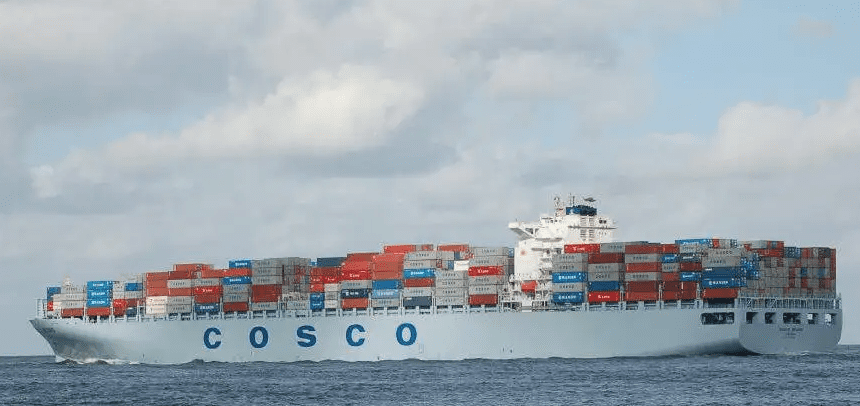
Negotiation Strategies: During contract negotiations, shippers can discuss fuel surcharge mechanisms and explore ways to manage and minimize the impact of surcharges on overall logistics costs.
6. Communicating with Stakeholders
Transparency with Clients: Logistics providers should maintain transparent communication with clients regarding fuel surcharges, helping clients understand the rationale behind these charges and how they align with market dynamics.
Educating Internal Teams: Internal teams involved in logistics management should be educated about fuel prices and surcharges to make informed decisions and communicate effectively with external partners.
In the ever-evolving landscape of international logistics, navigating fuel prices and surcharges requires strategic planning, technological innovation, and effective communication. Adapting to market dynamics, investing in fuel-efficient practices, and fostering transparent relationships with stakeholders are key elements in successfully managing the impact of fuel-related costs in global logistics operations. As the industry continues to evolve, staying abreast of market trends and embracing sustainable practices will be crucial for maintaining cost-effectiveness and reliability in international shipping.
7. Peak Season and Capacity Constraints
The shipping industry experiences peak seasons, usually leading up to holidays or major retail events. During these times, demand for container space increases, potentially affecting shipping costs. Capacity constraints and the availability of containers can also influence pricing.
8. Documentation and Regulatory Compliance
Ensuring proper documentation and compliance with regulatory requirements is crucial for smooth shipping operations. Failure to meet these standards may result in fines or delays, indirectly impacting overall shipping costs.
9. Economic and Geopolitical Factors
Economic conditions and geopolitical events can have an indirect impact on shipping costs. Exchange rate fluctuations, political instability, or global economic downturns may influence shipping expenses.
Navigating the cost to ship containers from China involves a multifaceted understanding of various factors. Businesses must carefully consider shipping routes, freight charges, container types, Incoterms, customs duties, and other elements to develop an accurate budget for international shipping. By staying informed and adapting to changing conditions, businesses can optimize their logistics strategies and ensure cost-effective and efficient container shipping from China.





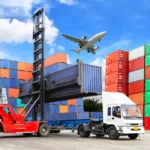

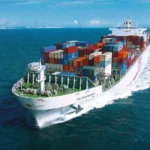

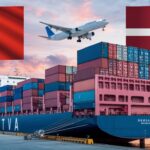

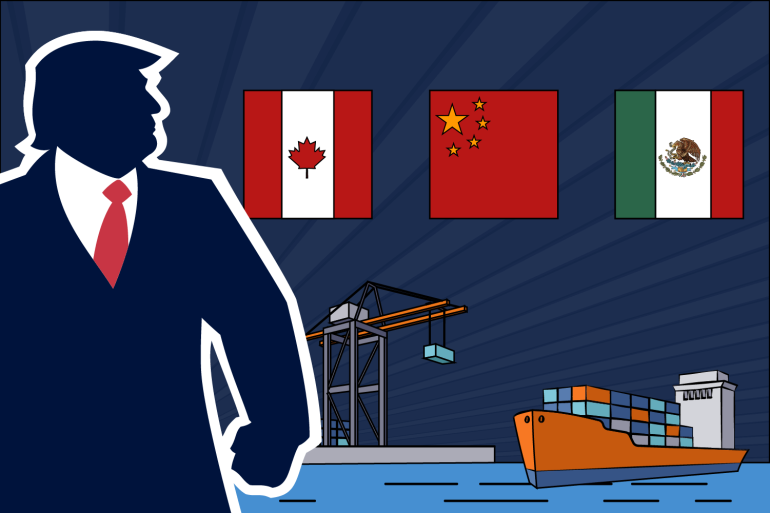
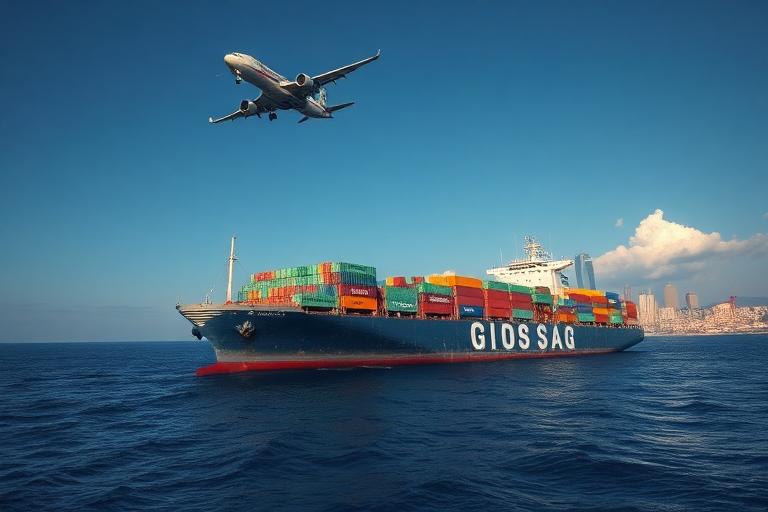
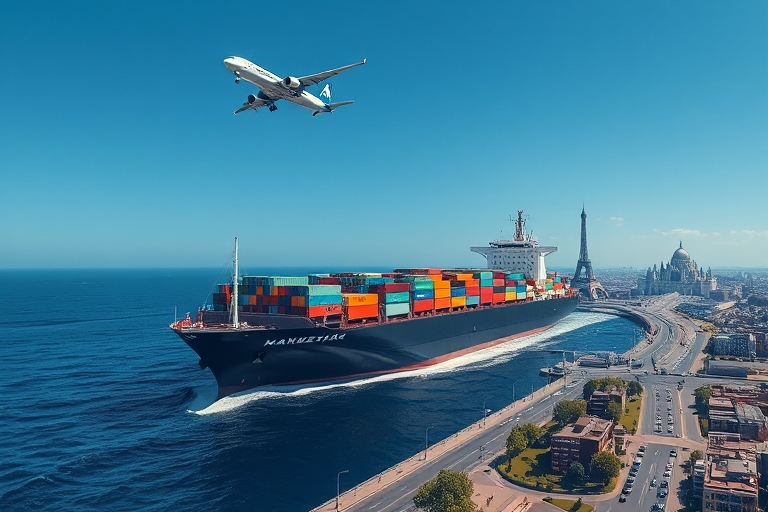
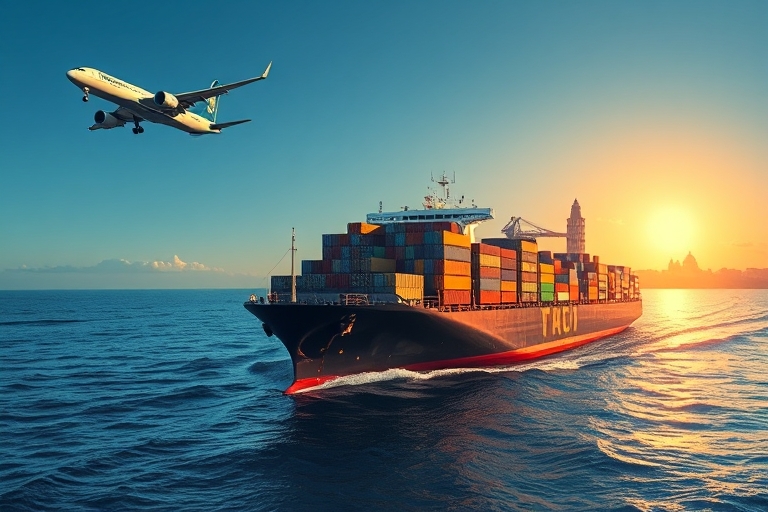
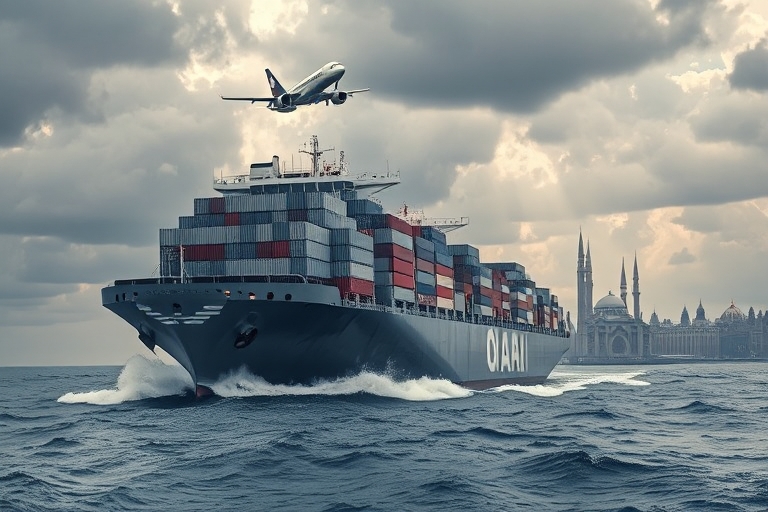





 Afrikaans
Afrikaans Shqip
Shqip አማርኛ
አማርኛ العربية
العربية Հայերեն
Հայերեն Azərbaycan dili
Azərbaycan dili Euskara
Euskara Беларуская мова
Беларуская мова বাংলা
বাংলা Bosanski
Bosanski Български
Български Català
Català Cebuano
Cebuano Chichewa
Chichewa 简体中文
简体中文 繁體中文
繁體中文 Corsu
Corsu Hrvatski
Hrvatski Čeština
Čeština Dansk
Dansk Nederlands
Nederlands English
English Esperanto
Esperanto Eesti
Eesti Filipino
Filipino Suomi
Suomi Français
Français Galego
Galego ქართული
ქართული Deutsch
Deutsch Ελληνικά
Ελληνικά Kreyol ayisyen
Kreyol ayisyen Harshen Hausa
Harshen Hausa Ōlelo Hawaiʻi
Ōlelo Hawaiʻi עִבְרִית
עִבְרִית हिन्दी
हिन्दी Hmong
Hmong Magyar
Magyar Íslenska
Íslenska Igbo
Igbo Bahasa Indonesia
Bahasa Indonesia Gaeilge
Gaeilge Italiano
Italiano 日本語
日本語 Basa Jawa
Basa Jawa ಕನ್ನಡ
ಕನ್ನಡ Қазақ тілі
Қазақ тілі ភាសាខ្មែរ
ភាសាខ្មែរ 한국어
한국어 كوردی
كوردی Кыргызча
Кыргызча ພາສາລາວ
ພາສາລາວ Latin
Latin Latviešu valoda
Latviešu valoda Lietuvių kalba
Lietuvių kalba Lëtzebuergesch
Lëtzebuergesch Македонски јазик
Македонски јазик Malagasy
Malagasy Bahasa Melayu
Bahasa Melayu മലയാളം
മലയാളം Maltese
Maltese Te Reo Māori
Te Reo Māori मराठी
मराठी Монгол
Монгол ဗမာစာ
ဗမာစာ नेपाली
नेपाली Norsk bokmål
Norsk bokmål پښتو
پښتو فارسی
فارسی Polski
Polski Português
Português ਪੰਜਾਬੀ
ਪੰਜਾਬੀ Română
Română Русский
Русский Samoan
Samoan Gàidhlig
Gàidhlig Српски језик
Српски језик Sesotho
Sesotho Shona
Shona سنڌي
سنڌي සිංහල
සිංහල Slovenčina
Slovenčina Slovenščina
Slovenščina Afsoomaali
Afsoomaali Español
Español Basa Sunda
Basa Sunda Kiswahili
Kiswahili Svenska
Svenska Тоҷикӣ
Тоҷикӣ தமிழ்
தமிழ் తెలుగు
తెలుగు ไทย
ไทย Türkçe
Türkçe Українська
Українська اردو
اردو O‘zbekcha
O‘zbekcha Tiếng Việt
Tiếng Việt Cymraeg
Cymraeg יידיש
יידיש Yorùbá
Yorùbá Zulu
Zulu